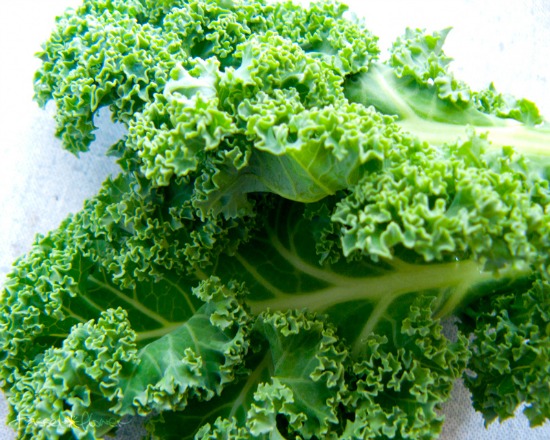This week, our editors are reading about best practices: how to feed the hungry, how to plant and (not) plow for profit, how to pick the right fish and how to talk about kale. Dig in!
The Restaurant with No Cash Register: A New Experiment in Feeding the Hungry — People (above)
You could call Masbia a soup kitchen—but it sure doesn’t look like one. With three locations around the city and food straight from the city’s greenmarkets and CSA, it’s more like a restaurant. There just isn’t a cash register.
Carrington Morris: Un till: An Iowa farmer finds that less (plow) is more (profit) — Grist
Grist writer Nathanael Johnson’s current series “Local Food, for Real” skips the debate on best food systems and heads straight to living examples of best practices. This week’s story shines a light on Iowa farmer David Ausberger, a conventional farmer who’s received national recognition for his conservation efforts: no-till, cover-cropping, nutrients-through-compost farming. The fact that Ausberger’s in the mainstream is just the point. The idea behind the inspiring series: these are sustainable practices successfully being done now and ready for adoption.
Amy Zavatto: Sorting Out the Risks of Fish — NY Times
I love, love, love the Science and Business sections of the Times for food stories that go beyond what’s on the table to what’s happening with what we eat and drink from a more often than not sobering perspective, like this story on mercury in fish in last Tuesday’s paper. It’s a rock-and-a-hard-place piece about the important nutritional value in fish clashing with the high mercury content in many predator swimmers that we like to prey on ourselves, as well as a few other lesser-known surprises. Interesting but terrifying problem shown in a few small but scary studies: Mothers who ate fish while pregnant had, well… smart kids. But mothers who ate fish with high rates of mercury gave birth to children with learning and growth disabilities. The story pointed me to the Natural Resources Defense Council and their handy-dandy mercury cheat-sheet, which was really eye-opening (bluefish, one of my locally caught faves, apparently has a whole lot of mercury – damn). Better safe than saturated with the Periodic Table of Elements.
Gabrielle Langholtz: After Derivatives, A Bet on Crispy Seaweed — NY Times
I have so little interest in chips, I could probably die of starvation on a desert island piled high with them. But these new seaweed chips, which debuted in January, are something I could sink my teeth into, at least on road trips when all bets are off (or should I say, when the chips are down). Best of all, the company is helmed by a guy who used to sell credit-default swaps and subprime-mortgage derivatives for Bank of America Merrill Lynch. There’s hope, America.
Caroline Lange: Kale causes controversy in New Orleans — Al Jazeera America
“New Orleans is not cosmopolitan,” said an actress quoted in this New York Times Travel article about the city published a few weeks back. “There’s no kale here.” It’s this statement in particular that has native New Orleanians fired up. Perhaps the most amazing thing about kale is not that it’s taken farmers markets and farm-to-table menus by storm, but that people have such definitive opinions on it, a vegetable that certainly isn’t new to the market. What is it about kale, exactly, that has encouraged everyone to take a stance? Part of it, as the Al Jazeera article explains, is its connection to gentrification, and who is defining the city: “Residents were put in a bind defending the availability of kale, but not wanting to promote the idea that bringing more kale — “the leafy green of the gentry class,” as Tulane professor and frequent commentator on gentrification Richard Campanella calls it — is a good thing.”



